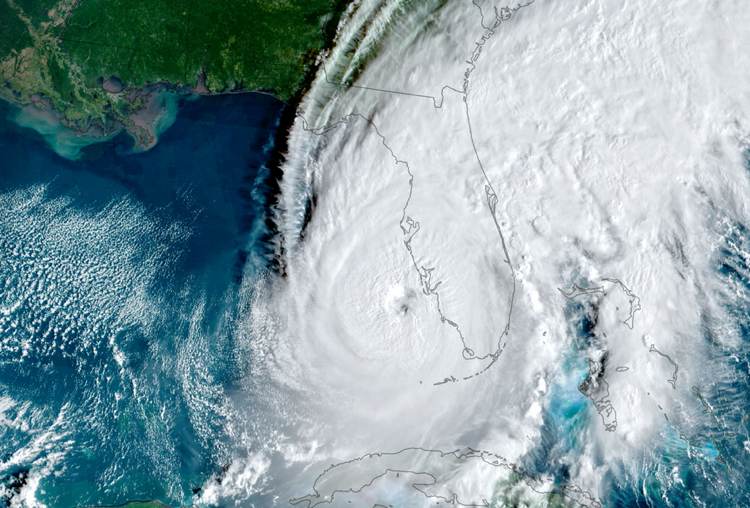Climate-driven US hurricane losses to rise at least 10% in certain scenarios, warns Aon

The impact of climate change has the potential to increase hurricane losses in the U.S. by at least 10% over two decades in certain scenarios, according to insurance and reinsurance broker Aon’s work with Columbia University.
New insights provided by Aon’s academic collaborations aim to progress climate science, enhance catastrophe models leveraged by the re/insurance and insurance-linked securities (ILS) markets, while at the same time assist organisations working to meet ESG mandates.
In providing an update on its work with academic institutions, Aon asserts that climate-attributed U.S. hurricane losses are set to rise by at least 10% over 20 years under selected scenarios. What’s more, this estimate does not factor in increases in exposures owing to non-climatic factors such as new development and inflation, suggesting losses could rise by an even greater factor over this timeframe.
“Through collaborations with academic institutions, Aon is enhancing its understanding of climate science and using this knowledge to help our clients and the wider industry navigate climate change, become more resilient, seize new opportunities and make better risk decisions,” said Liz Henderson, leader of Aon’s Climate Risk Advisory team.
“Furthermore, we are assisting clients to meet their ESG mandates through the development of effective and informed internal and external stakeholder communications strategies, including robust responses to regulatory disclosure requirements,” she added.
Through its collaborative work, the re/insurance broker is incorporating some new insights into models, including U.S. hurricane models. This follows Columbia University’s exploration of different ways to quantify air moisture, which has a notable impact on how the frequency of hurricanes could shift in the future. Additionally, the university ran numerous “Shared Socioeconomic Pathways scenarios” featuring varied climate policy assumptions as a way to assess the impact of different levels of both greenhouse gases and aerosols.
The research found that higher aerosol emissions actually resulted in less tropical cyclones, and Aon plans to incorporate this data into its tropical cyclone models to better assess future financial losses from these events.
For insurers, reinsurers, and ILS market players, tropical cyclones, or hurricanes, are a key peril, and as shown by 2022’s hurricane Ian, have the potential to drive substantial losses on both an economic and insured basis.
The 2023 Atlantic hurricane season is now underway, and tropical storm Bret has already formed and is heading towards the Caribbean, where it could reach hurricane strength.
As well as hurricanes, Aon’s 14 global academic collaborations also explore wildfire risk in the U.S., noting an increased risk as a result of the hotter climate and human-triggered events.
The broker notes that recent historic U.S. drought conditions are consistent with the output of climate models, which ultimately forecast a hotter and drier Western Hemisphere due to elevated greenhouse gases.
“Peripheral development in at-risk areas coupled with these drier conditions is expected to significantly increase fire risk in many areas,” warns Aon.
The company continues to work with the University of California, Merced and University of California, Los Angeles to look at how these expected changes in the climate will affect the burned area and associated insured losses from wildfires, which have been on the rise in recent years.
Alongside wildfires, the re/insurance industry considers flood a secondary peril, and coupled with windstorms, parts of Europe have experienced some devastating and record-breaking events in recent years.
Aon explains that while atmospheric circulation patterns clearly play a key role in driving extreme floods and windstorms, work with the Karlsruhe Institute of Technology (KIT) showed that extreme “hydrological events also strongly depend on catchment size and physical features of the terrain.”
As a result, Aon’s Impact Forecasting will incorporate such terrain effects into its models to help re/insurers better project potential losses from these types of events.
All in all, “Impact Forecasting will rebuild its catastrophe modelling suite to incorporate climate considerations, rather than making frequency adjustments to existing loss scenarios. These models will enable forward-looking hazard data for different climate scenarios and inform climate advisory frameworks to help insurers make better business decisions. These tools are being expanded to better manage physical risk for financial institutions, governments and energy sectors,” says Aon.






